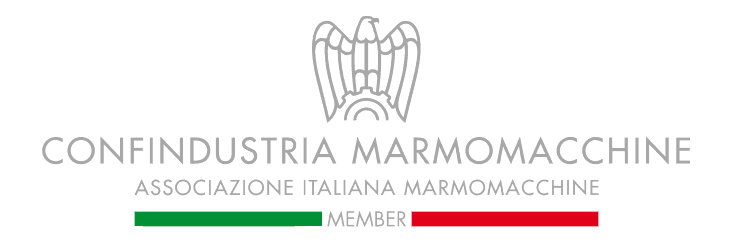3D scanning is one of the most useful features of CNC machines in processing marble, granite and other materials in the stone industry.
Today almost all CNC software has a “scanning feature”; you can look for it on your own machine.
Scanning allows to acquire the 3D shape of a solid object (marble, granite, glass, wood, etc.) and to create an STL file that can be used for the reproduction of the acquired form with a CNC machine.
Scanning allows you to acquire a precise 3D shape of a solid object and create an STL (Stereo Lithography interface format) file, which can be used for reproducing the object using a CNC machine.
3D scanning can be done in two ways: by using a laser scanner or a Mechanical Touch Probe.
Laser scanning is faster than using a touch probe but it’s much more expensive. In our experience, mechanical probes give you the same performance as a laser scan, provided you use the touch probe correctly.
CNC touch probe device – amastone
How does a touch probe 3D scanner work?
Before using a touch probe to scan an object with a CNC machine, you have to set up some simple parameters:
- the diameter of the probe tip
- two adjacent points across a distance
- scanning direction (X or Y)
- scanning step between two scan lines
- zero axes coordinates (usually set at the lowest and left-most point, if the piece to scan is seen from above)
Once this is done, you are ready to start scanning. The machine will bring the probe into contact with the object, release the contact of the probe bringing up the Z axis, and then it will move along in the scanning direction and repeat this process. When this is completed, an STL file will be created by the software.
Usually, the machine controller allows you to stop scanning at any point and restart when you are ready. Obviously, if a scan is restarted, a second file will be created with new scan data.
These files can be joined together using specialist software – we recommend MeshLab. The process of merging files with MeshLab is very simple; import the two STL files and select the command “Flatten Visible Layers”. This will generate a new file that you can use.
It is important to use a high-quality, professional touch probe to ensure a successful scan. Cheap probes might clamp on contact, preventing you from restarting the scan. If this happens, it will be necessary to unlock the probe manually. This occurs mostly with the first few scans. The probe, therefore, needs a period of “running in”.
By manually unlocking the probe, the software may record this action as a scanning point. This “spare” point can be removed with the MeshLab software. Simply use the feature “Select faces in a Rectangular Region tool”, then select the point you want to delete and click “Filter > Selection > Delete Selected faces and vertices“. It’s that simple!
For example, we scanned a decorative stone lintel so that we could reproduce it in another block of stone. By using the touch probe technique we were able to create a perfect copy, even reproducing the imperfections of the original.
The dimensions were X: 1600 mm Y: 300 mm Z: 40 mm. The scan was performed with a tip diameter of 2 mm and, given the size, we did a scan with 1 mm distance between two points which provided 235,986 points.

 Diamond Blades
Diamond Blades Angle Grinder Tools
Angle Grinder Tools Polishing Machine Tools for Stone, Marble and Granite
Polishing Machine Tools for Stone, Marble and Granite Texture tooling
Texture tooling Adhesives and glue
Adhesives and glue Ceramic, Granite and Marble Drill Bits
Ceramic, Granite and Marble Drill Bits Sculpture – Stone carving tools
Sculpture – Stone carving tools Diamond Wires for Granite and Marble Quarries
Diamond Wires for Granite and Marble Quarries Cemetery and Graveyard Accessories
Cemetery and Graveyard Accessories CNC Vacuum Pods
CNC Vacuum Pods CNC Tool Holders
CNC Tool Holders CNC Tool Forks
CNC Tool Forks Positioning Alignment Lasers
Positioning Alignment Lasers Material Handling
Material Handling Machinery
Machinery Spare parts
Spare parts Electrical Spare Parts
Electrical Spare Parts Personal Protective Equipment
Personal Protective Equipment





